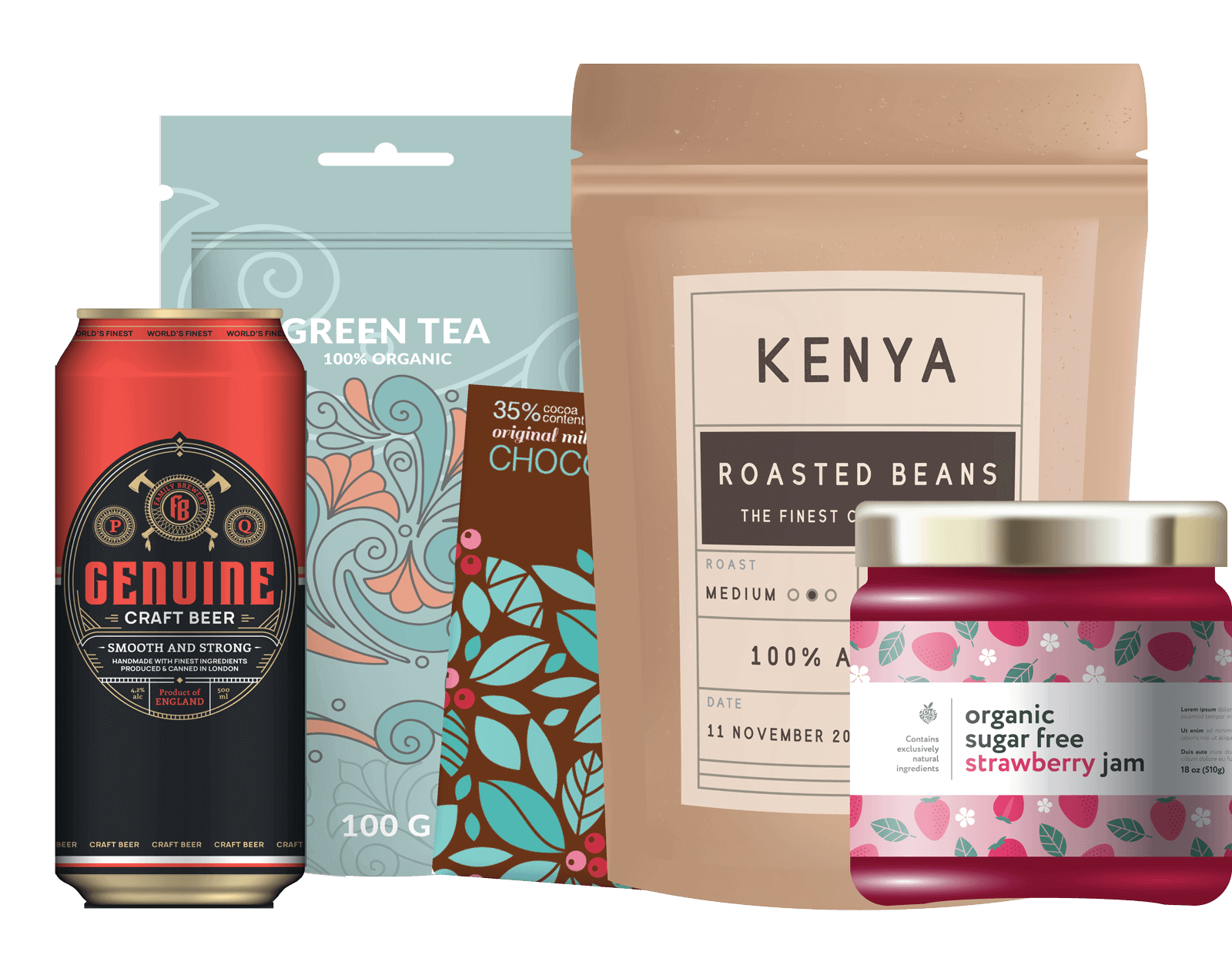Comparing and Contrasting The Types of Plastic Resins
Plastics can be found all around us, such as your pharmaceutical bottles and other containers. They offer a range of properties and design technologies that your customers have come to expect in the products they purchase.
Resins have traditionally been referred to as the original plastics. Tree sap was the first of these. Now today’s plastics have also been referred to as plastic resins, and these terms have been used interchangeably.
Let’s take a look at them more closely to investigate their similarities and differences.
The makeup of the plastic resin
in terms of similarities, plastics are basically organic polymers of a high molecular mass that are either synthetic or semi-synthetic. They generally also contain other chemical elements such as oxygen, nitrogen, chlorine, or sulfur, to name a few.
Most commonly derived from petrochemicals like crude oil, they consist of large, chain-like molecules that contain carbon and hydrogen atoms that are formed into a plastic state during or after their transition from smaller molecules to the final solid material.
In order to form the plastic resins, smaller, short-chain molecules of chemicals known as monomers are combined in a chemical reaction known as polymerization. For example, when you take units of a single monomer and join them together, the resulting polymer resin is a homopolymer. An example of this is polystyrene. Polystyrene is derived from the styrene monomer. If units of another single monomer are joined such as ethylene, the result would be polyethylene. If more than one monomer is included in the process — take ethylene and propylene — the plastic that results is a copolymer.
This processing can include the addition of plasticizers, dyes, or other chemicals. The final polymer resins usually take the form of beads or pellets.
Additives
Additives are often added in order to make the plastic resins more workable for the chosen products like your pharmaceutical bottles and other containers. One of these is the plasticizer.
A plasticizer is a substance that when added to a material, usually a plastic, makes it flexible, resilient, and easier to handle. It has found its way into many of today’s current plastic resins to remove the rigidity of the polymers.
An example of the use of a plasticizer is in polyvinyl chloride, or PVC. PVC is normally rigid at normal temperatures. The reason for this is the short distances between the molecules because there are strong pulling intermolecular forces between them. If you heat these, the energies of the molecular motions become greater than the intermolecular forces. This results in the softening of the resin. When plasticizers are added, these molecules work their way between the PVC molecules and stop the PVC molecules from moving even closer to each other. With the polymer molecules apart even at any temperature, the PVC’s soft characteristic remains.
The most common plasticizers are:
- di-2-ethylhexyl phthalate (DEHP or DOP)
- di-isononyl phthalate (DINP)
- di-isodecyl phthalate (DIDP)
If you wanted to see this in a nutshell, the idea behind plastic resins would go like this:
- Polymer = the raw material
- Plastic = polymer + additives
- Resin = plastic/plastic resin
Comparing and contracting plastic resins
Today’s plastic resins possess a number of similarities and differences in their characteristics. There are a number of properties that they can be compared with and against one another. These are:
- clarity
- scuffing resistance
- impact strength
- stiffness
- maximum hot fill
- permeability to water, oxygen, or CO2
- resistance to acids, alcohols, alkalis
- brittleness or minimum temperatures
- density
For example, oriented PET and LDPE offer excellent impact strength, with HPDE offering good to excellent strength. PP provides poor to good impact strength, while unoriented PET and PETG can only offer fair to poor impact strength.
Permeability, another important property for your pharmaceutical bottles, has a variety of results across the various plastic resins. For example, PET plastics provide moderate water permeability, but PVC, PP, LDPE, and HDPE supply low to very low permeability.
Permeability to oxygen is low for various forms of PET, but is high to very high for HDPE, LDPE, and PP. When the permeability to CO2 is examined, once again HDPE, LDPE, and PP provide high to very high while the forms of PET and PVC measure out at very low for oriented PET to low for unoriented PET, PETG, and unoriented PVC.
With regard to chemical resistances, the plastic resins vary across the board for acids, alcohols, and alkalis. Of the group, unoriented PVC, HDPE, LDPE, and PP offers resistance that is generally good to very good.
Learn more about the right plastic resins for your products
Choosing the right plastic resins for your products can be difficult and vital to your branding. MJS Packaging offers the best customer service and lowest prices for your pharmaceutical product packaging. We have exclusive access to manufacturers from all around the world, so we can advise you on the best bottles, tubes, closures, caps, and other packaging needs you may have.

